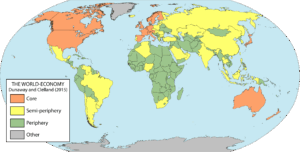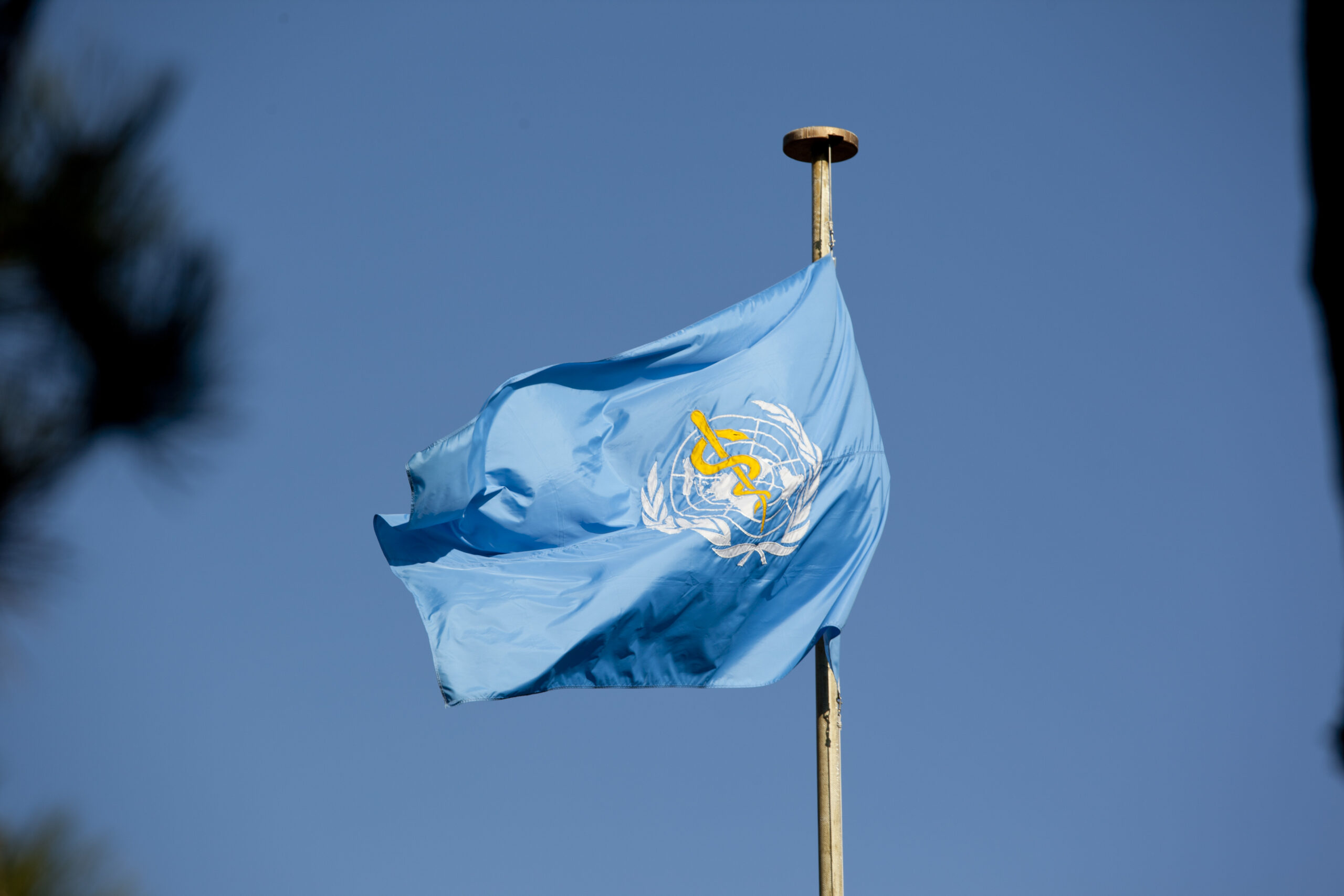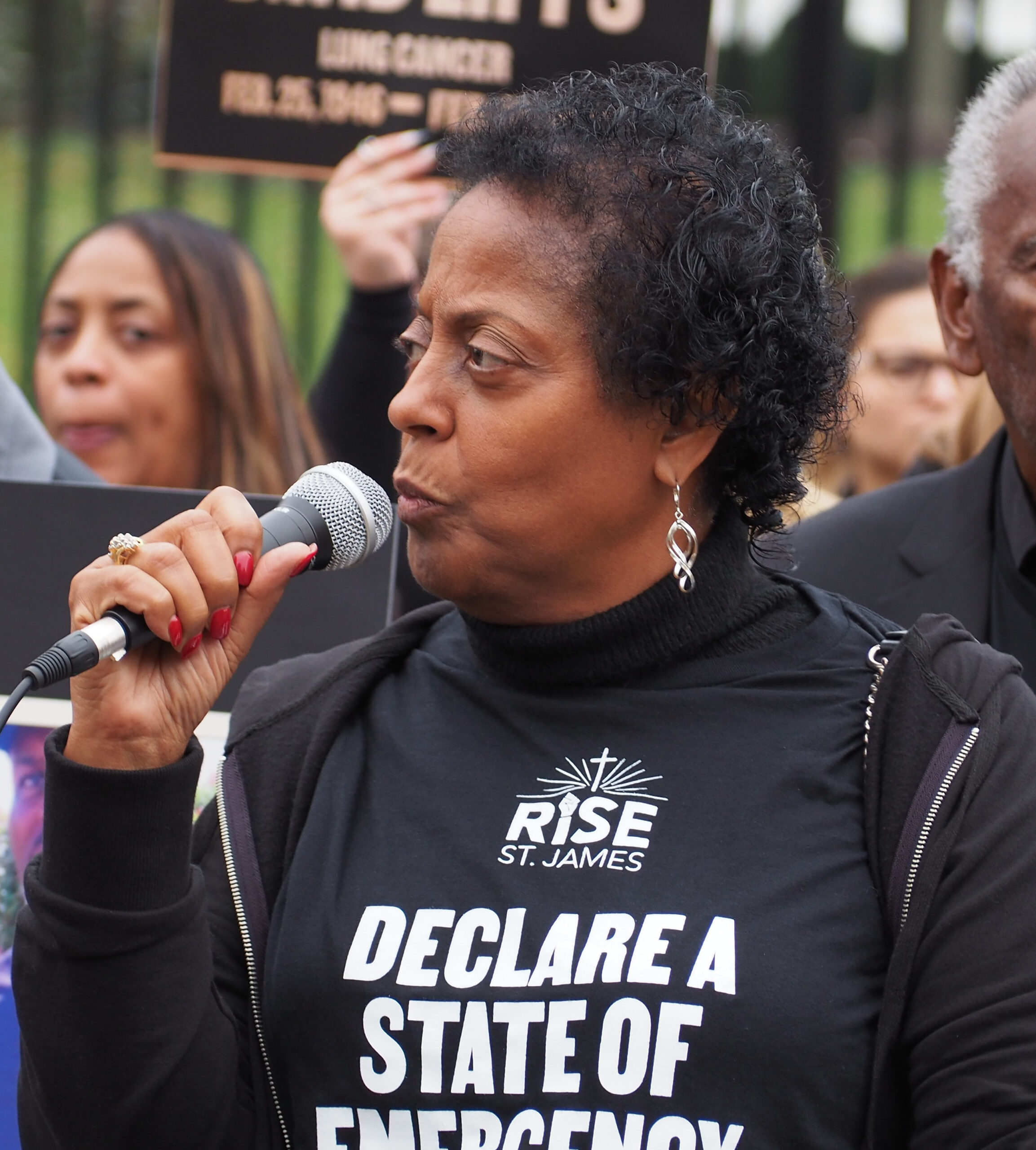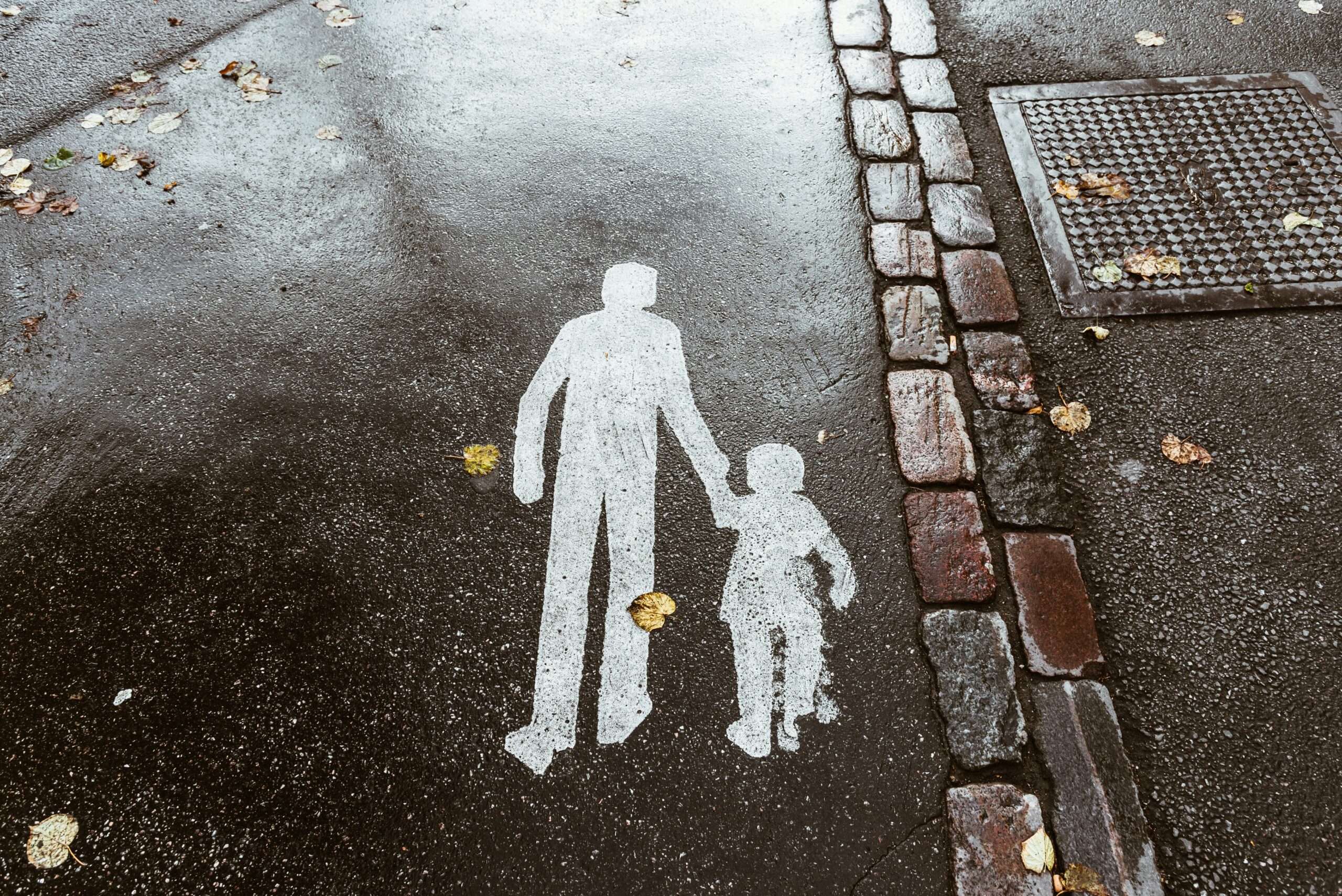Health — a state of complete physical, mental, and social well-being, and not merely the absence of disease or infirmity — is so important that it has its own day! World Health Day, celebrated on April 7, focuses on various global health concerns each year. The theme for 2025 is “Healthy beginnings, hopeful futures” and highlights the problems society faces concerning newborn and maternal health. The campaign is organized by the World Health Organization (WHO) and other partners — not including the U.S., who withdrew due to medical mistrust after the handling of COVID-19 — with the goal of spreading awareness and enacting change. In most cases, maternal and newborn deaths are preventable; however, regions such as South Asia and Sub-Saharan Africa are outliers when it comes to infant mortality — the number deaths of children less than one year of age per 1,000 births. These two regions alone account for over 80 percent of global infant mortality. One out of 5 countries are on track to improving maternal survival by 2030.
In the same week, on April 10, the U.S. and Canada recognize Siblings Day. Siblings can be annoying, but they have a large role in shaping how we grow into adults. The relationship between siblings varies, and some might not have siblings to relate, but the presence or absence of siblings can impact an individual’s health. Let’s explore the relationship between siblings, maternal and newborn death, and how family plays a role in society’s health.
Family is defined as a group of people connected by blood, marriage, adoption, or agreed upon relationship. Sociologist Annette Lareau’s study on families sheds light on how race, socioeconomic status, and parenting can impact a child’s life. One interesting trend Lareau found was middle-class children were more likely to have confidence when talking to medical professionals and other authority figures without the help of parental guidance. Family and medicine intersect in different ways. The following sections give examples of how family size can influence health.
The Pros of Having Siblings
 A sibling is just one more dynamic in the immediate family, where they are biological through one or more parents, adopted into the family, or blending into a family after a remarriage. Having siblings can change various health factors, such as the foods a family eats, the level and frequency of physical activity, and the mental health we develop. Children with more siblings are likely to have heathier diets and lower rates of obesity. This could be explained by parents favoring a homecooked meal over expensive, frequent eating out. Lower rates of obesity also lead to better health in the future as siblings grow up, including heart health, activity levels, and diabetes.
A sibling is just one more dynamic in the immediate family, where they are biological through one or more parents, adopted into the family, or blending into a family after a remarriage. Having siblings can change various health factors, such as the foods a family eats, the level and frequency of physical activity, and the mental health we develop. Children with more siblings are likely to have heathier diets and lower rates of obesity. This could be explained by parents favoring a homecooked meal over expensive, frequent eating out. Lower rates of obesity also lead to better health in the future as siblings grow up, including heart health, activity levels, and diabetes.
Siblings also help fortify mental health. Health is measured by mental and social well-being, not just physical. A sibling or two can decrease the risk and severity of depression and anxiety. If the social interaction, interpersonal relationships between two or more persons, is positive between siblings, each report that they feel more supported through developmental stages into the middle stages of life. A sibling can be the biggest cheerleader in a person’s life. In many cases, they share childhood experiences, are connected through family ties even when they move away for education or work purposes and take care of aging parents together. This life-long relationship is considered a net positive in developmental psychology, and the health benefits are shown in recent studies.
Maternal Risks of Having Multiple Children
World Health Day’s theme this year is “Healthy beginnings, hopeful futures” and focuses on maternal health and infant death. Having children too close together can negatively impact both mother and baby. Some risks for the infant include premature birth, low birth weights, and health concerns. Risks for the mother include anemia, preeclampsia, and breastfeeding concerns. Other factors that can impact maternal and infant mortality rates, the number of deaths of children less than one year of age per 1,000 births, are severe bleeding, infections, high blood pressure, and delivery complications. These complications also increase with the number of children a mother has had. Health care professionals deem most of these preventable or treatable. So why do nearly 300,000 women die each year from pregnancy-related causes?
Status and Health Disparities
Socioeconomic status (SES), or an individual’s social position based on education, occupation, income, and place of residence, is correlated to the type of care a mother receives. The level of prenatal care, such as OB/GYN (obstetric/gynecologist) appointments and prenatal vitamins, varies based on insurance and economic class. Groceries and nutrition needed to sustain a pregnancy will also be determined by a pregnant person’s income and living situation. Low SES is linked to negative outcomes in pregnancy. Outcomes such as preterm birth, low birth weight, and preeclampsia overlap with the risks of having children too close together.
 Sociologist Immanuel Wallerstein’s world system theory, any historical social system of interdependent parts that form a bonded structure and operate according to distinct rules, model separates countries into core, semi-periphery, and periphery categories based on industrialization, government style, and economic diversity. The U.S., U.K., and Japan are examples of core countries because they are able to import a majority of their goods and have powerful industrialization sectors. Contrastingly, the Philippines, Vietnam, and Chad are categorized as peripheral nations because they are exploited of natural resources and are economically disadvantaged.
Sociologist Immanuel Wallerstein’s world system theory, any historical social system of interdependent parts that form a bonded structure and operate according to distinct rules, model separates countries into core, semi-periphery, and periphery categories based on industrialization, government style, and economic diversity. The U.S., U.K., and Japan are examples of core countries because they are able to import a majority of their goods and have powerful industrialization sectors. Contrastingly, the Philippines, Vietnam, and Chad are categorized as peripheral nations because they are exploited of natural resources and are economically disadvantaged.
Remember that South Asia and Sub-Saharan Africa were outliers in infant mortality. This could be partially due to the economic status of both regions. In 2022, South Asia’s gross national income (GNI) per capita was $2,283, Sub-Saharan Africa’s was about $1,647, and North America’s was $74,324. This means that each person in South Asia and Sub-Saharah Africa made $70,000 less than the North American citizen. The lower GNI contributes to worse health, education, and overall quality of life. This would include health care and care to pregnant persons and children. While the cost of living, life expectancy, and occupational opportunities in these regions are vastly different, it is important to point to how disadvantaged Sub-Saharan Africa and South Asia are compared to other peripheral countries.
Similarly, analyzing what countries spend their budget on can help highlight priorities. Sub-Saharan Africa spent about $85 per person on healthcare in 2022. The U.S. spent roughly $14,570 per person. An article from WHO explains how high healthcare costs contribute to African poverty rates. Many pay out of pocket and have to go into debt to maintain their health. This is true for Western countries as well; however, bankruptcy laws in Africa are rooted in outdated, colonial-era legislation that aren’t fully adapted to modern systems. These countries’ governments are unable to contribute more federal funding to healthcare, a luxury that Western countries have grown to take for granted, so the fees fall to the patients.
Conclusion
 Throughout this year, there have been events coordinated by WHO and conducted around the world to raise awareness. Sustainable development, health and rights for women, children, and teens, and maternal health remain the focus of these events and seminars. With the U.S. withdrawing from WHO earlier this year, roughly 20 percent of funding was lost. Funding and donations will be going to “[w]here it is needed most” to support mobile clinics and further initiatives like maternal health, vaccination programs, and tuberculosis treatments. These events and donations alone will not change things. Healthcare and status are constantly becoming more intertwined. It’s important to realize how multiple factors, such as number of siblings and GNI, impact health and you.
Throughout this year, there have been events coordinated by WHO and conducted around the world to raise awareness. Sustainable development, health and rights for women, children, and teens, and maternal health remain the focus of these events and seminars. With the U.S. withdrawing from WHO earlier this year, roughly 20 percent of funding was lost. Funding and donations will be going to “[w]here it is needed most” to support mobile clinics and further initiatives like maternal health, vaccination programs, and tuberculosis treatments. These events and donations alone will not change things. Healthcare and status are constantly becoming more intertwined. It’s important to realize how multiple factors, such as number of siblings and GNI, impact health and you.
Mortimer is a guest blogger at UITAC Publishing. UITAC’s mission is to provide high-quality, affordable, and socially responsible online course materials.
Images Used in This Blog:
- “World Health Organization Flag” by United States Mission Geneva is licensed under the Creative Commons Attribution 2.0 Generic license. This image has not been altered.
- “Three people having a toast on table” by las4estaciones is free to use under the Unsplash License. This image has not been altered.
- “World Systems Theory (Dunaway and Clelland 2015)” by Vladusty is licensed under the Creative Commons CC0 1.0 Universal Public Domain Dedication.
- “Person showing both hands with make a change note and coins” by Change for Change is free to use under the Unsplash License.




